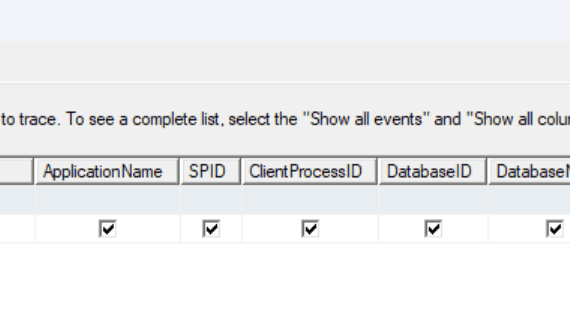
SQL Server Row Level Security Deep Dive. Part 6 ...
As seen in the previous section, there are several ways bad actors can attempt to bypass RLS. […]

As seen in the previous section, there are several ways bad actors can attempt to bypass RLS. […]
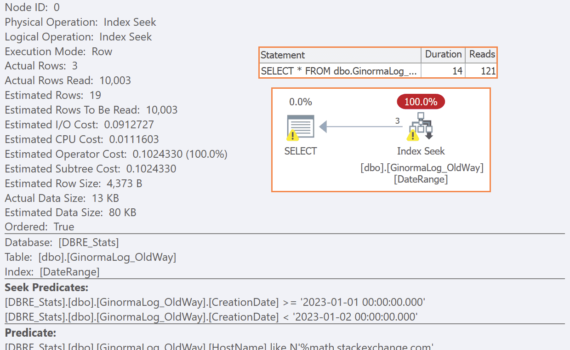
While this article is specifically geared to SQL Server, the concepts apply to any relational database platform. […]
When people start learning a new field, for example T-SQL, it’s tempting to spend very little time […]
Microsoft Fabric storage uses OneLake and Delta Tables, the core storage of all Fabric objects, as explained […]

As mentioned in previous sections, RLS is an addition to security and should not be used as […]

Tables in a MySQL database are commonly related to one another, often in multiple ways, and it […]

Over the years, SQL Server Statistics have been discussed in countless blog posts, articles, and presentations, and […]

Download the notebook used on this blog I explained in a previous article how the Tables in […]

If you haven’t already heard, SQL 2022 has introduced a new built-in system function called GREATEST. Simply […]
One of the primary reasons to implement RLS is to facilitate reporting and ease the administrative burden. […]
When Microsoft Fabric was born, the only method to convert files to tables was using notebooks. Nowadays […]

Previous sections gave a brief introduction to RLS, including some common use cases. They also showed how […]

MySQL provides a set of constraints that you can include in your table definitions to help ensure […]
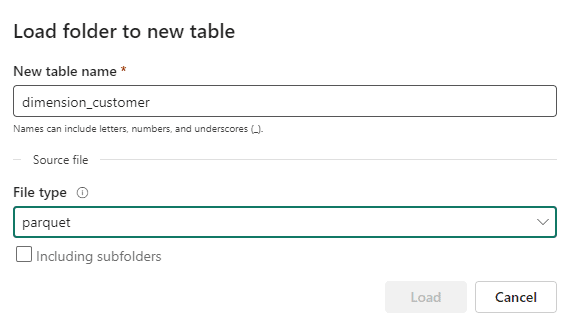
Microsoft is merging Data Factory and Power BI Dataflows in one single ETL solution. It’s not a […]
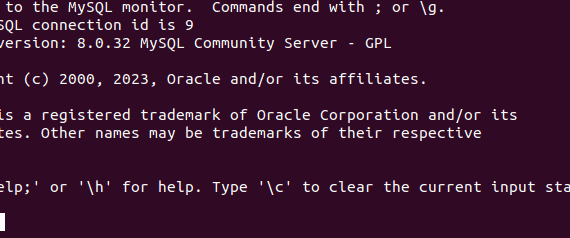
If you’ve been using MySQL for a while and want to learn how to orchestrate MySQL containers, […]
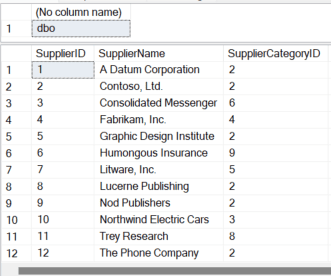
The previous section in this series was an introduction to Row Level Security (RLS) and some use […]
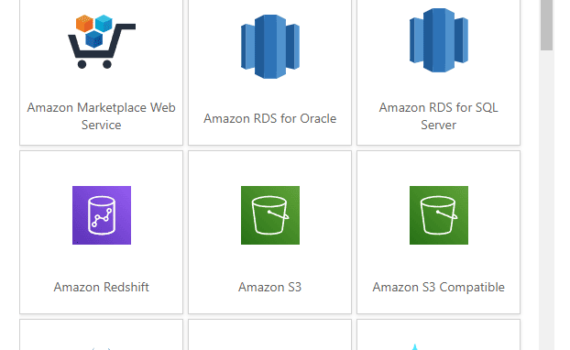
Loading On-Premises and external data is a fundamental need for a Data Platform such as Microsoft Fabric. […]
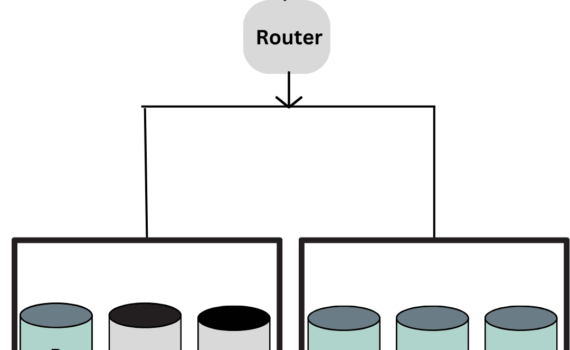
This article is part of Aisha Bukar’s 6 part series on MySQL Replication. The entries include: Part […]
In 2012, Aaron Bertrand said most everything I knew (and a bit more) about the issues with […]
I have been working as a no-code data engineer: Focused on Data Factory ETL and visual tools. […]

While there are many features within PostgreSQL that are really similar to those within SQL Server, there […]
The simple answer to this question is “a lot.” The funny part, however, is that everyone who […]
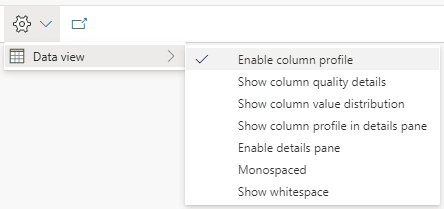
The Data Wrangler is as interesting as hidden inside Microsoft Fabric. It’s not easy to find and […]
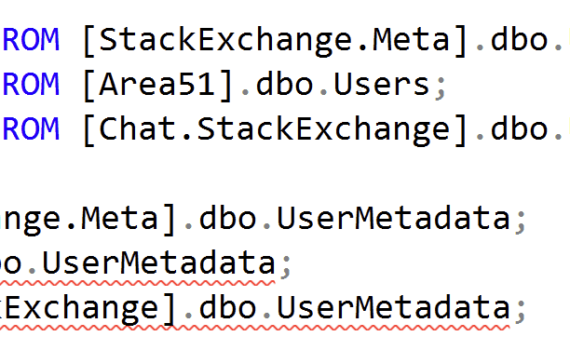
At Stack Overflow, our environment has multiple implementations of a largely – but not 100% – identical […]
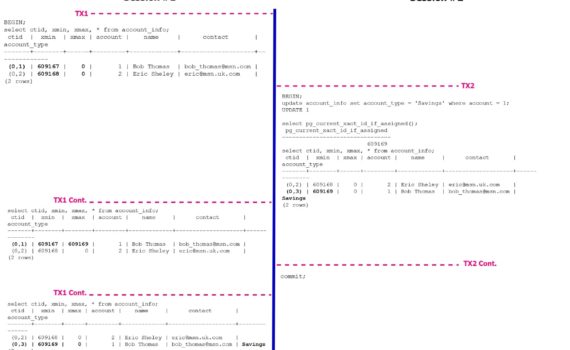
Concurrency control is an essential aspect of database systems that deals with multiple concurrent transactions. PostgreSQL employs […]

On Friday and Saturday August 11 and 12, I am going to do something I haven’t done […]
Welcome back to another replication series! As a quick reminder, we explored various methods of using MySQL’s […]
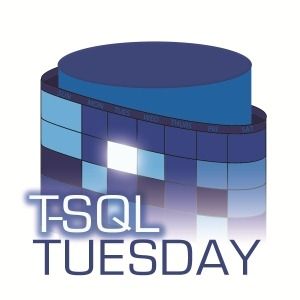
They mean very little. More on that after nothing that this is part of T-SQL Tuesday, and […]
In the last blog (When PostgreSQL Parameter Tuning is not the Answer), we compared several execution plans […]

In modern software development, Application Programming Interfaces (APIs) are essential for building scalable and flexible systems. APIs […]

I wrote about query store hints before when they were first released in Azure SQL databases. However, […]

A challenge that reappears periodically in the world of databases (especially database management) is the need to […]
This is the fifth and final part of this series on SQL Server Dynamic Data Masking. The […]
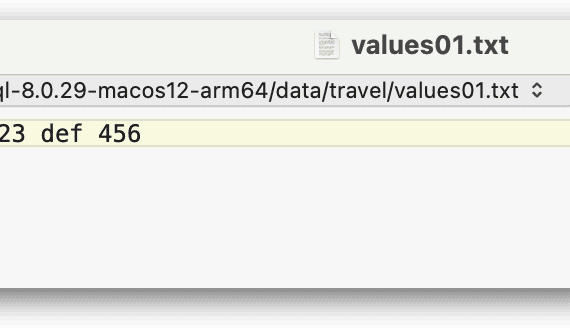
This article is part of Robert Sheldon’s continuing series on Learning MySQL. To see all of the […]

Writing queries to retrieve the data from a database is probably the single most common task when […]
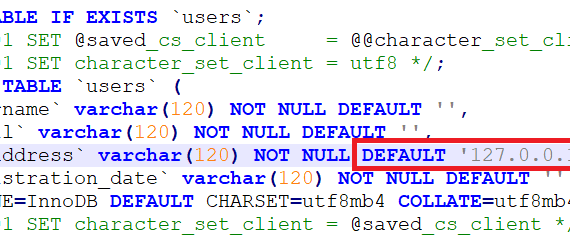
In the previous parts of these MySQL optimization series, we’ve told you how queries work on a […]

Welcome back to the world of MySQL Replication! If you’ve been following this series, thank you for […]
In coming up with a strategy for managing test data, first you need to understand what the […]
The PASS Data Community Summit 2023 happens the week of November 12 in Seattle. WA. It will […]
I was looking at the list of topics I have talked about in my “What Counts for […]
When you’re learning SQL DML, the most complicated clause is typically the GROUP BY. It’s a fairly […]
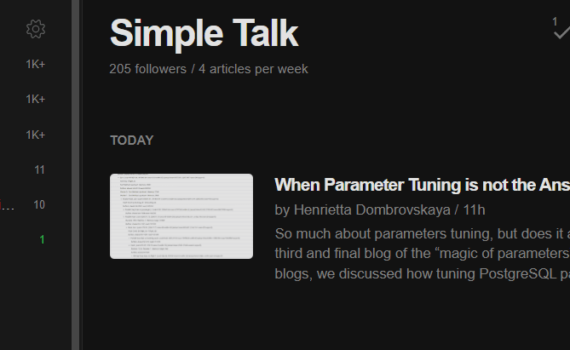
Recently, we have made a few changes to the simple-talk.com website’s RSS feeds that I am pretty […]
So much about parameters tuning, but does it always help? Welcome to the third and final blog […]

This is part of a series on Dynamic Data Masking by Ben Johnson. For the rest of […]
January 18, 2020, was the last time I stood in front of a live group of people […]

This article is part of Greg Larsen’s continuing series on Learning T-SQL. To see all 10 items […]
This article explains what Snowflake data warehouse is and how it is different from other traditional data […]
MySQL transactions provide an effective method for executing multiple statements as a single unit, making it possible […]
This is the third part of a series on SQL Server Dynamic Data Masking. The first part […]
So far in the series I’ve shown how to create databases, tables, constraints, indexes and schema. Now, […]